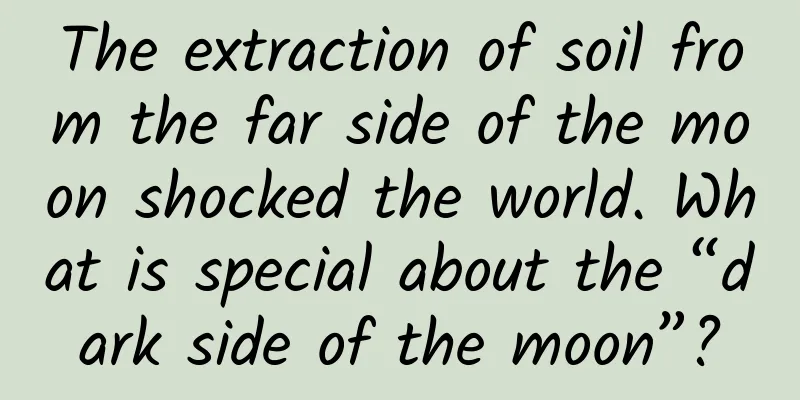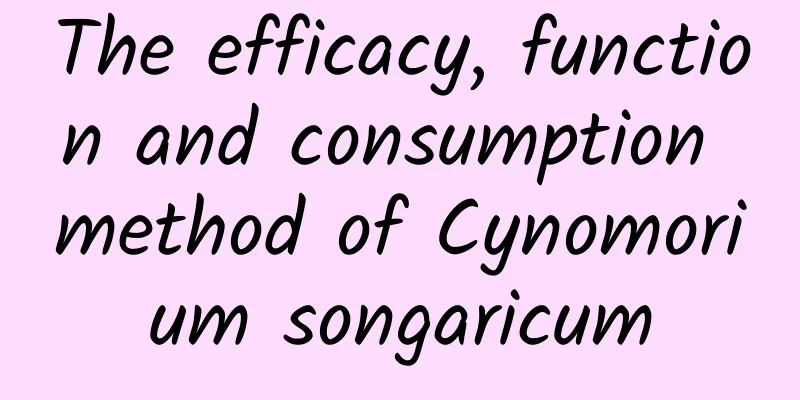The efficacy and function of broken rice firewood

|
Many people know that broken rice firewood has unique therapeutic effects on some diseases. In fact, the magical effects of broken rice firewood are far more than that. The following will tell you in detail about the effects of broken rice firewood. [Other names] Bayu grass (Illustrated Catalogue of Plant Names and Realities), Qi Da Bo, Tian Xiao Dou (Jiangxi Folk Herbal Medicine), Braid grass, horsetail grass, fine whip, Xiaohuangsan, fine-leaved orchid, Xiaoyao grass, Turtle Nest, Sanfengsan, Malontong, Dipancha, Turtle Nose, Xiaomutong (Yunnan Chinese Herbal Medicine), Lulushing, sun grass, red stem grass, big-leaf Guanmen grass, disinfection grass (Jiangxi Herbal Handbook), horsetail vine, lion grass (Yunnan Chinese Herbal Medicine Selection), Xiaolingcao (Sichuan Chinese Herbal Medicine Newsletter (1): 30, 1972). [Source] The whole herb of the bean plant Croton tiglium . Harvested in summer and autumn. [Original form] Herb, procumbent. Roots thick, woody, with many branches. 3-leaved compound leaves, stipules lanceolate-subulate; leaflets elliptic or oblong, 2-9 mm long, sometimes up to 17 mm; apex rounded with short tips, base rounded or cordate, glabrous above, sparsely covered with short, closely attached soft hairs below, petiole 2-3 mm long. Racemes terminal or axillary, sparsely 6-10-18 flowers; pedicels 7-15 mm long. The flowers are small, pink, about 5 mm long; the calyx is 4 mm long; the calyx teeth are linear-lanceolate, with spiny tips, 3 times longer than the calyx tube; the corolla is butterfly-shaped, the standard petal is round, slightly concave at the tip, and the wing petals are attached to the keel petal; there are 10 stamens, 2 in each; there is 1 pistil, and the style is incurved. The pods usually have 4 nodes, are 12 mm long and 3 mm wide, sometimes 2 or 3 nodes, are covered with short hairs, and the ventral and dorsal sutures are shallowly dentate. Flowering period is from May to September. [Habitat distribution] Growing in grass or shrubs. Distributed in Jiangxi, Jiangsu, Anhui, Hunan, Guangdong, Guangxi, Fujian, Taiwan, Sichuan, Guizhou, Yunnan and other places. [Chemical composition] Contains bioalkali, triterpenoid saponins, coumarins, carbohydrates, proteins, fats, volatile oils, acidic resins, tannins and phenols. [Pharmacological action] Intraperitoneal injection of the aqueous extract has a significant antitussive effect on mice (ammonia spray-induced cough method), but no expectorant effect was observed when administered orally (phenol red method). It has a significant effect in preventing histamine-induced asthma when injected intraperitoneally in guinea pigs. For isolated guinea pig trachea, it can counteract the contraction of tracheal smooth muscle caused by histamine or acetylcholine. It can resist the contraction of isolated rabbit intestine caused by acetylcholine, pilocarpine and barium chloride. According to preliminary experiments, the active ingredients of Xiaolingcao's antitussive and antiasthmatic effects are mainly water-soluble parts. In vitro, the aqueous extract injection had only a weak inhibitory effect on Staphylococcus aureus. 【Nature and flavor】 ① "Jiangxi Herbal Medicine": "sweet, neutral." 【Functions and indications】 Clears away heat, promotes dampness and detoxifies. It is used to treat urinary tract stones, chronic gastritis, chronic tracheitis, infantile malnutrition, carbuncle on the back, hemorrhoids, and lacquer sores. [Usage and Dosage] For oral use: decocted in water, 3-5 qian (1-2 liang for fresh product). For external use: mash and apply or decoct in water for fumigation and washing. [Additional prescription] ① To treat hemorrhoids: 2 liang of broken rice firewood. Decoction for fumigation and washing. (Jiangxi Folk Herbs) [Clinical application] Treatment of chronic bronchitis: decoct and take dried herb. There are three dosages: 1 liang, 1.5 liang plus 1 liang of pork, and 1.5 liang of freshly made. Add about 1000 ml of water to all, simmer in a sealed container for 2 hours, and obtain 400-500 ml of decoction. Take three times a day, 10 days as a course of treatment. A total of 270 cases were observed using the three decoctions mentioned above, with the results showing that 41 cases (15.3%) were nearly controlled, 89 cases (32.9%) were significantly effective, 115 cases (42.6%) were improved, and 25 cases (9.2%) were ineffective. It is effective for both simple and asthmatic types, with better effects in relieving cough and eliminating phlegm, followed by relieving asthma. 65.9% of patients showed significant improvement 1 to 3 days after taking the medicine. During the treatment, some patients experienced headache, abdominal distension, insomnia and excitement, and some developed rashes; a few reported sweating, hot flashes, dry mouth, nausea and misty eyes, but there were no other obvious side effects. 【Excerpt】 《*Dictionary》 After reading the above detailed introduction to the effects and functions of broken rice firewood, I believe many friends have already known the benefits of broken rice firewood. It can be seen that broken rice firewood is very beneficial to our human body. If you need it, you might as well give it a try. |
<<: The efficacy and function of Cyathula
>>: The efficacy and function of broken bones
Recommend
The efficacy and function of Coriolus parasiticus
The environment is now seriously deteriorating an...
The efficacy and function of Ligusticum chuanxiong
Liuxingzi refers to the herb Vaccaria. The name o...
The effects and functions of Amaranth root
Recently, major TV channels have launched various...
The efficacy and function of Jianshan orange
Modern medical research believes that Jianshan or...
The efficacy and function of macaque bone
There are many types of Chinese medicine. When we...
The efficacy and function of spirea leaves
Spiraea leaves are a type of traditional Chinese ...
eMarketer: More and more consumers browse products and consume through mobile terminals
Mobile shoppers are expected to increase rapidly ...
It’s the beginning of autumn! Who put on weight last year and hasn’t lost it this year?
What do you think of when you mention the beginni...
Lingzhi needs to be combined with other drugs to treat stubborn insomnia
Wild Ganoderma lucidum is a common Chinese medici...
Does frequent anger really cause nodules? The truth is...
When it comes to which two words on a physical ex...
What is the difference between toothpaste that costs a few yuan and toothpaste that costs dozens of yuan? Are those magical effects real?
Audit expert: Lu Bin Deputy Chief Physician and A...
Is strawberry the “first of all poisons”?
Every year during the strawberry season, some med...
How much honeysuckle is used?
Honeysuckle is a very common thing in daily life....
What's so special about the robots that scientists were inspired to create by this fish?
Produced by: Science Popularization China Author:...
The efficacy and function of Nepeta spicata
I believe that many people do not know what Nepet...









